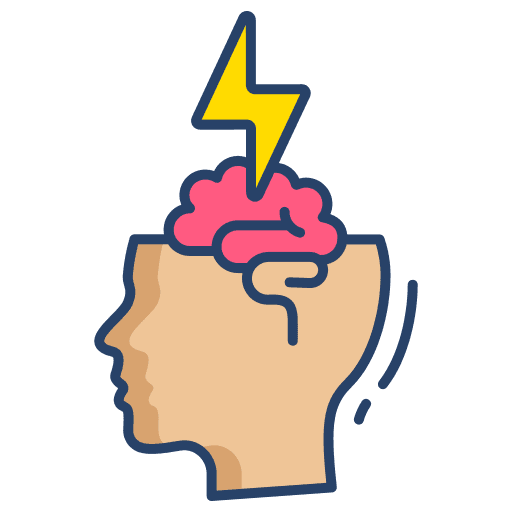What Causes It?
Ischemic stroke - This is the most common type of stroke, accounting for about 87% of all strokes. It occurs when the arteries to your brain become narrowed or blocked, causing severely reduced blood flow (ischemia). The most common ischemic strokes include thrombotic stroke (a blood clot forms in one of the arteries that supply blood to your brain) and embolic stroke (a blood clot or other debris forms away from your brain, commonly in your heart, and is swept through your bloodstream to lodge in narrower brain arteries).
Hemorrhagic stroke - This type of stroke occurs when a blood vessel in your brain leaks or ruptures. Brain hemorrhages can result from many conditions that affect your blood vessels. These include uncontrolled high blood pressure (hypertension), overtreatment with blood thinners, weak spots in your blood vessel walls (aneurysms), and protein deposits in blood vessel walls that lead to weakness in the vessel wall (cerebral amyloid angiopathy).
Transient ischemic attack (TIA) - A transient ischemic attack (TIA) is a temporary period of symptoms similar to those of a stroke. A TIA doesn't cause permanent damage. It's often called a ministroke. A TIA can serve as both a warning sign of a future stroke and an opportunity to prevent it.
High blood pressure - The most significant risk factor for stroke is high blood pressure. If your blood pressure is consistently above 120/80 mm Hg, talk to your doctor about ways to lower it.
Tobacco use - Smoking or chewing tobacco raises your risk of stroke by damaging blood vessels and increasing blood pressure.
Heart disease - Heart conditions such as coronary artery disease, heart valve defects, irregular heartbeat (atrial fibrillation), and enlarged heart chambers can all lead to blood clots that may break loose and cause a stroke.
Diabetes - Diabetes increases the severity of atherosclerosis and the speed at which it develops, which can lead to stroke.
High cholesterol - Excessive cholesterol can contribute to the buildup of plaques in the arteries, which can cause narrowing or blockage leading to stroke.
Physical inactivity and obesity - Lack of physical activity and being overweight increases the risk of high blood pressure, high cholesterol, diabetes, heart disease, and stroke.
Age and family history - The risk of stroke increases with age, particularly after 55, and a family history of stroke increases your risk.
Signs & Symptoms
Trouble speaking and understanding - You may experience confusion, slur your words, or have difficulty understanding speech.
Paralysis or numbness of the face, arm, or leg - You may develop sudden numbness, weakness, or paralysis in your face, arm, or leg. This often affects just one side of your body. Try to raise both your arms over your head at the same time. If one arm begins to fall, you may be having a stroke. Also, one side of your mouth may droop when you try to smile.
Vision problems - You may suddenly have blurred or blackened vision in one or both eyes, or you may see double.
Headache - A sudden, severe headache, which may be accompanied by vomiting, dizziness, or altered consciousness, may indicate a stroke.
Trouble walking - You may stumble or lose your balance. You may also have sudden dizziness or a loss of coordination.
Sudden severe headache - Often described as "the worst headache of your life," particularly with hemorrhagic strokes.
Dizziness or loss of balance - Sudden onset of these symptoms, especially when combined with other symptoms, can indicate a stroke.
Nausea and vomiting - These symptoms are more common with hemorrhagic strokes.
Altered consciousness - This can range from mild confusion to coma, depending on the severity of the stroke.
Seizures - These are more common with hemorrhagic strokes but can occur with ischemic strokes as well.
